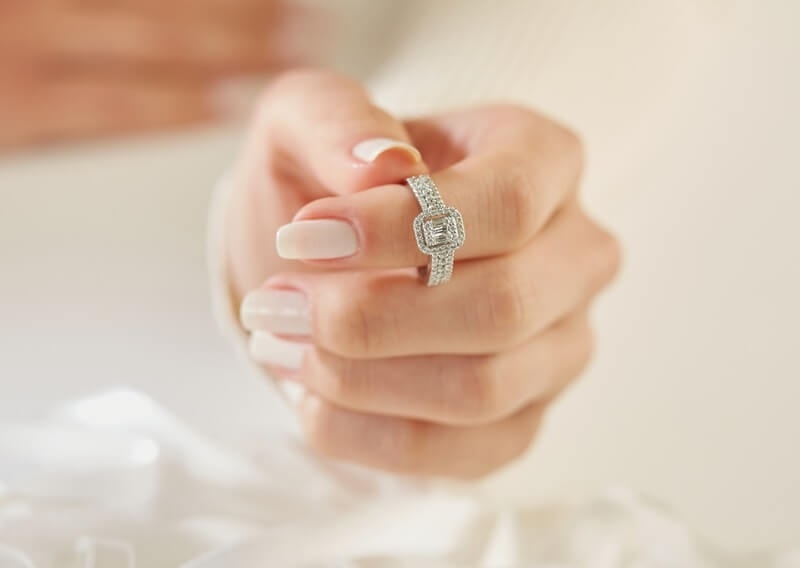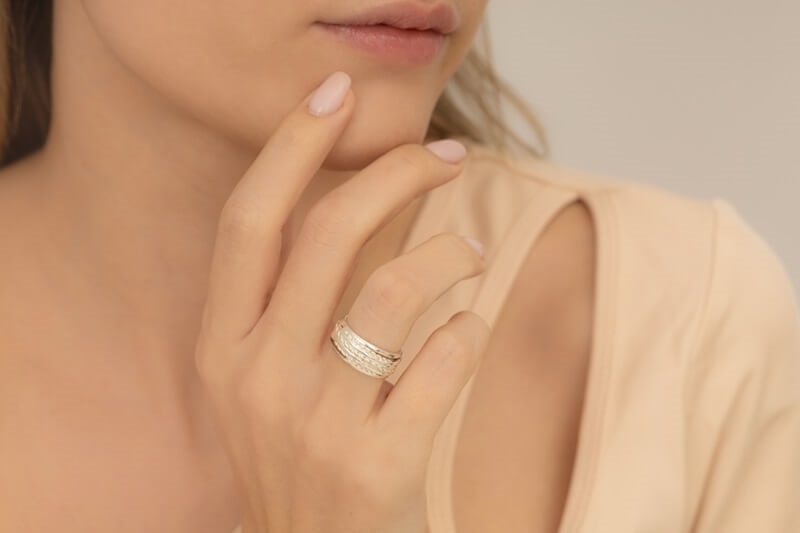
Rings carry more than sparkle. They hold memories, milestones, promises. Whether it’s a wedding band, a family heirloom, or just that statement piece you splurged on, you want it looking its best for years to come. But here’s the catch: rings aren’t invincible. They face soap scum, scratches, even kitchen mishaps. That’s why learning a few ring maintenance tips is the difference between keeping your jewelry shining or watching it slowly dull.
The good news? It doesn’t take hours of effort or expensive equipment to keep rings in shape. Just some smart habits, a bit of awareness, and occasional professional help. Let’s dive into what every ring owner should know.
So, what counts as “maintenance” anyway? For starters, it’s not just cleaning. Ring maintenance tips cover a mix of daily habits, periodic checks, and knowing when to bring in a jeweler. It’s about being proactive, not reactive. Rings can withstand years of wear, but only if you give them the right care.
Think of it like your car—you wouldn’t drive it for ten years without servicing it. Rings deserve that same regular attention, even if the issues aren’t always obvious at first glance.
Fingers aren’t static. Weight changes, weather, even pregnancy can alter your ring size. Wondering how often to resize a ring? The simple answer is: whenever it stops fitting comfortably. If a ring feels tight enough to leave an imprint or loose enough to slip off, it’s time.
That said, resizing isn’t something you want to do every few months. Constant resizing can weaken the band. A good rule of thumb: wait until you know the size change is permanent (for example, after weight loss or post-pregnancy) before adjusting. In between, ring guards or adjusters can help with temporary changes.

Engagement rings take a beating because they’re worn daily. A few daily care tips for engagement rings can keep them looking pristine:
These little steps add up. An engagement ring is meant to last a lifetime, but it won’t if you treat it like an indestructible superhero.
There’s DIY cleaning, and then there’s what jewelers do. A professional ring maintenance checklist usually includes prong inspections, stone tightening, ultrasonic cleaning, and polishing. Jewelers can spot things you might miss, like loose settings or small cracks in the band.
Aim for a check-up once or twice a year, depending on how often you wear the ring. Think of it like a dentist appointment—unexciting maybe, but necessary to catch small problems before they get worse.
These two often get lumped together, but cleaning vs polishing rings aren’t the same thing. Cleaning is about removing dirt, oils, and buildup. Polishing, on the other hand, smooths out surface scratches and restores shine.
Cleaning can be done at home with mild soap and water. Polishing? That’s best left to the professionals, because too much polishing can thin out the metal over time. Do one regularly, and the other occasionally, and you’ll keep your ring both clean and structurally sound.
Most ring damage doesn’t happen at a fancy gala—it happens in kitchens, gyms, and bathrooms. Knowing how to avoid ring damage at home is half the battle. Don’t wear rings while scrubbing pans or gardening. Be mindful when lifting heavy items. Even lotion and perfume can leave residue that dulls stones.
One easy habit: have a designated ring dish or tray in key places (near sinks, on your nightstand). That way you’re less tempted to leave rings in random spots or keep them on when you shouldn’t.
Storage matters. Rings tossed together in a drawer scratch each other. The best option? Individual pouches or lined jewelry boxes with dividers. If you’ve got multiple rings, stacking trays are a great solution. For heirloom pieces or high-value rings, a safe or lockbox is worth considering.
And please, don’t leave rings on windowsills or bathroom counters “just for a minute.” That’s how they end up lost or damaged.
Each of these mistakes is preventable with just a little foresight.
You don’t need fancy jewelry cleaners. A small bowl, warm water, mild dish soap, and a soft toothbrush work wonders. Gently scrub the ring, rinse, and pat dry with a lint-free cloth. For diamonds, this method usually brings back that sparkle.
Avoid boiling water, bleach, or ammonia-based cleaners unless a jeweler specifically recommends them for your stone and metal type.
If your ring has intricate settings, delicate gemstones, or visible damage, don’t risk DIY. Jewelers have ultrasonic and steam cleaners that reach places you can’t. They also know how to handle fragile stones like opals and emeralds, which can be damaged easily.
A good rule: if you’re unsure, take it in. A professional eye can save you from a costly mistake.
Sometimes, it’s tempting to wear your ring everywhere—weddings, workouts, vacations. But context matters. Traveling? Bring a simpler backup band to avoid theft or loss. Going hiking? Leave the diamond ring at home. Protecting your jewelry often means knowing when not to wear it.
For many, rings aren’t just accessories—they’re investments. Keeping them in top shape preserves both sentimental and monetary value. Insurance policies often require proof of maintenance, too, so those regular check-ups can pay off in more ways than one.
Rings are tiny but mighty. They symbolize love, achievements, style. But without care, even the strongest metals and hardest stones can show wear. From daily care tips for engagement rings to scheduling a professional ring maintenance checklist, it’s all about small, consistent habits.
The difference between a dull, damaged ring and one that looks brand-new after a decade? You. Learning when to clean, when to polish, and how to avoid ring damage at home makes all the difference.
So the next time you glance at your jewelry box, remember: a little effort now means decades of shine, sparkle, and stories still to be told.
This content was created by AI